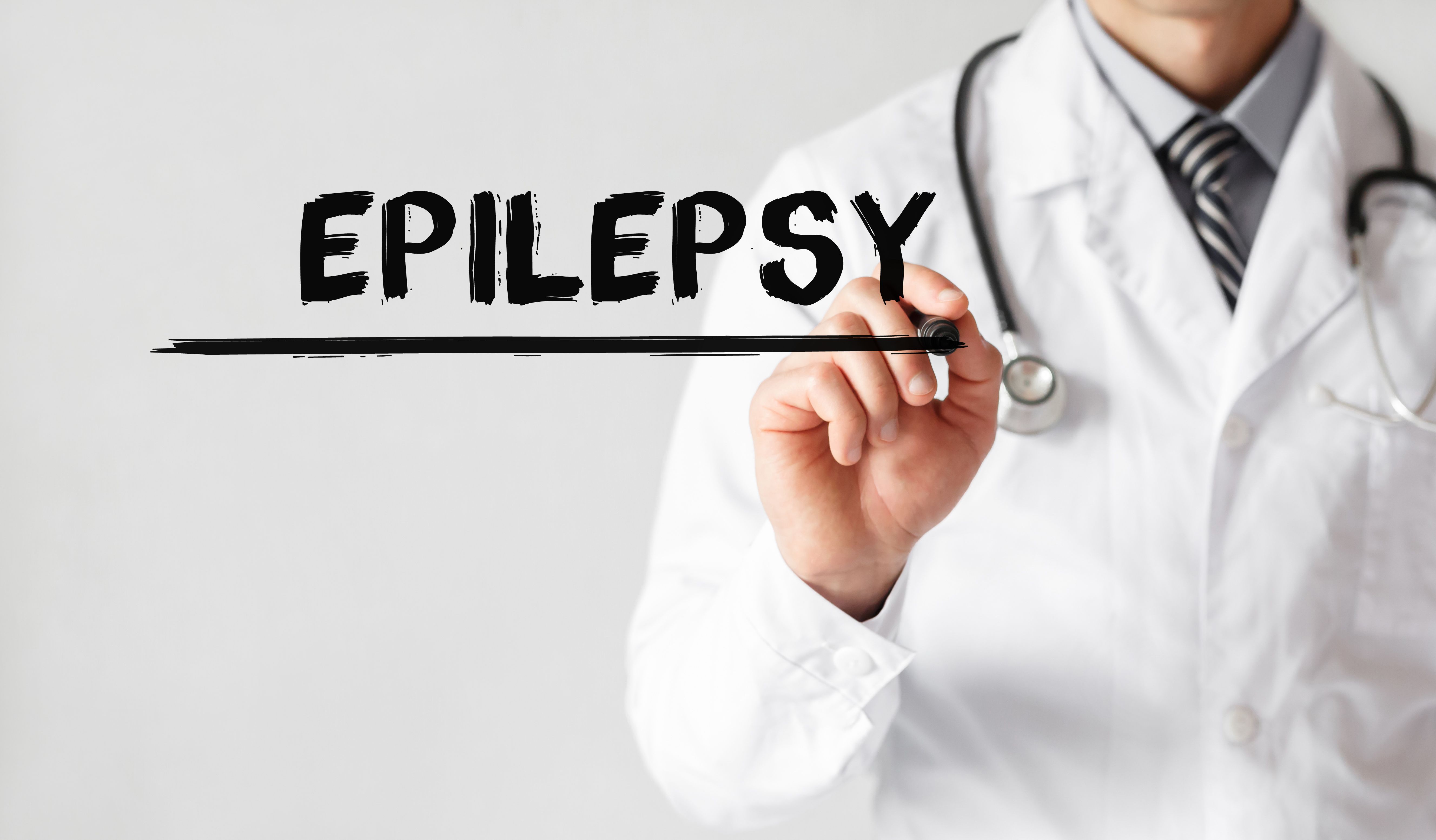Sexual function and epilepsy
A recent study on patients with epilepsy compared the frequency of sexual problems in this population with the general population.
©Michail Petrov - stock.adobe.com

A study in Epilepsia evaluating sexual problems in patients with wellâcontrolled and mostly refractory epilepsy found that these individuals report a significantly higher frequency of problems with orgasm, dyspareunia and feelings of sexual deviance (not defined in the study), compared to the general population.
In contrast, the study concluded that rates of reduced sexual desire, climax and vaginal dryness were similar in both groups. “The potential impact of epilepsy on sexual function is important for patient welfare, but often neglected,” wrote the Norwegian researchers.
The study consisted of 221 adult inpatients and outpatients, mostly with intractable epilepsy, from the National Centre for Epilepsy in Norway, and 78 outpatients with wellâcontrolled epilepsy at Lillehammer hospital. Of the mostly refractory epilepsy cohort, 130 (58.8%) were female, with a mean age of 39.1, whereas 47 (60.3%) of the well-controlled epilepsy group were female, with a mean age of 43.3. Between 2015 and 2017, patients filled out a questionnaire on sexual function, plus information on their individual epilepsy.
The results were compared to equivalent data on sexual function among 1,671 adult Norwegians in the general population. In the general population group, 776 (46.4%) were women, with a mean age of 42.6.
No epilepsyârelated factors could be identified as specific predictors of sexual function. For example, after controlling for gender, the investigators found no significant association between sexual problems and seizure control or use of enzymeâinducing antiepileptic drugs (AEDs).
Regardless of gender, significantly fewer patients with epilepsy were satisfied with their sex life versus satisfaction among the general population.
In women with epilepsy, being over the mean age (odds ratio [OR] 2.762; confidence interval [CI]: 1.122 to 6.802; P = .027) and having quality of life (QoL) under the mean (OR 2.777, CI: 1.027 to 7.518; P = .044) were two significant independent variables associated with feelings of sexual deviance.
Feelings of sexual deviance were connected to lower QoL as well, which the authors pointed out is “a rather nonspecific type of sexual problem and may simply reflect that psychological factors are involved in perceptions of sexuality, rather than indicating a specific problem.” But the perception of sex as an important part of daily life was comparable between women with and without epilepsy
Another finding of the study is that patients with refractory epilepsy asked more often for professional help to address sexual problems than those with wellâcontrolled epilepsy. As for other risk factors associated with sexual dysfunction, in women with epilepsy, being over the mean age (OR 2.744; CI: 1.308 to 5.757; P = .008) and having a Neurological Disorders Depression Inventory for Epilepsy (NDDIâE) score over 14 (OR 3.904; CI: 1.692 to 9.009; P = .001) were significant independent variables associated with reduced sexual desire.
“A decreased physiological response to sexual stimuli in women with epilepsy has been suggested as a possible explanation for vaginal dryness,” the authors wrote. Besides the effect of AEDs on the neuroendocrine regulation, sexual dysfunction might be caused by the epilepsy itself.
Intentional weight loss linked to lower mortality in postmenopausal women
March 11th 2025A recent study shows that intentional weight loss significantly lowers all-cause, cancer, and cardiovascular mortality risks among postmenopausal women, highlighting the importance of targeted weight management.
Read More
